 February 18, 2004: Apple CEO Steve Jobs sends an internal memo to employees revealing that the company is, for the first time in years, totally debt-free.
February 18, 2004: Apple CEO Steve Jobs sends an internal memo to employees revealing that the company is, for the first time in years, totally debt-free.
“Today is a historic day of sorts for our company,” he writes. This marks a big turnaround from the bad old days of the 1990s, when Apple carried more than $1 billion in debt — and faced the danger of bankruptcy.
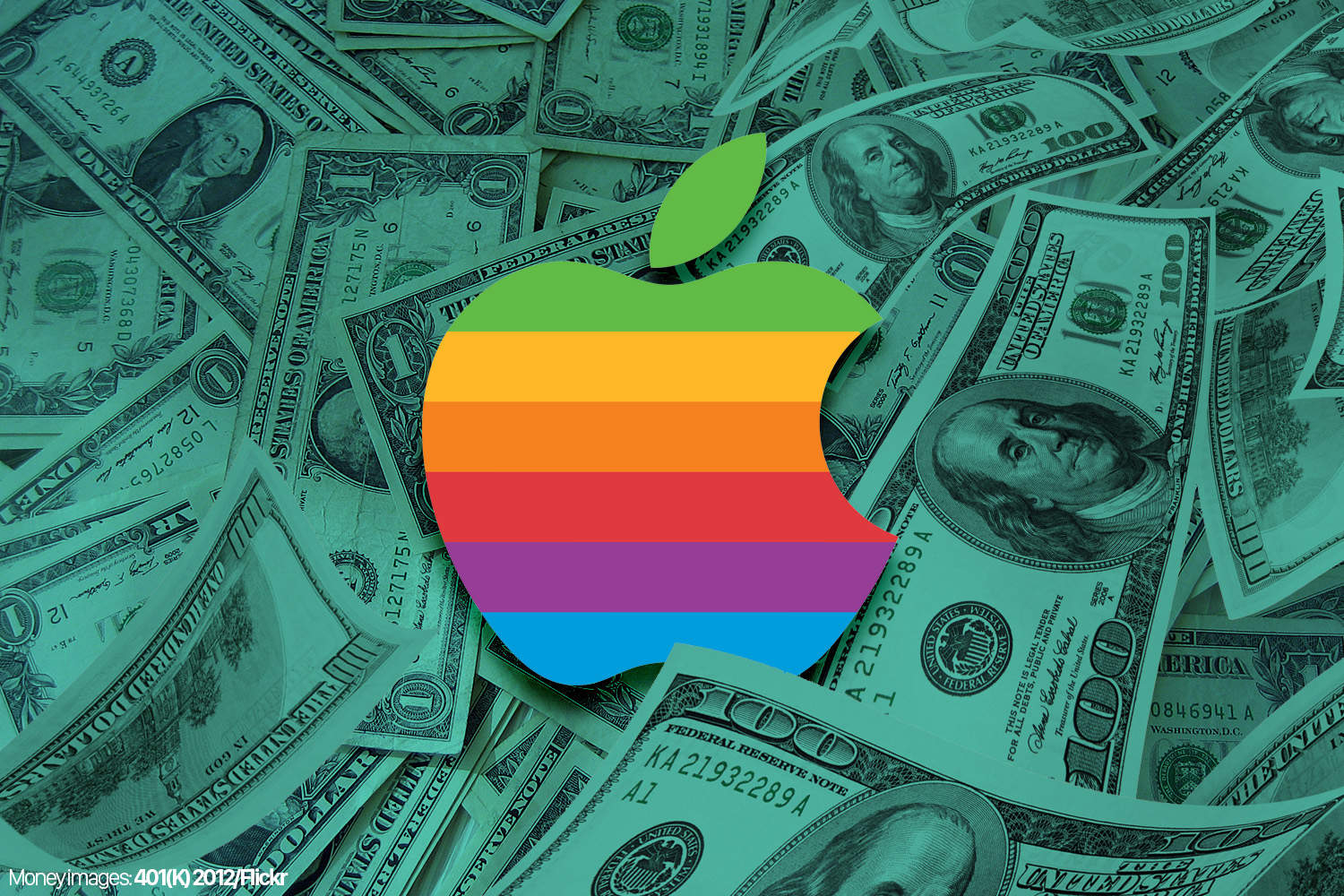


 February 17, 1997: Apple launches the PowerBook 3400, a laptop the company claims is the fastest portable computer in the world.
February 17, 1997: Apple launches the PowerBook 3400, a laptop the company claims is the fastest portable computer in the world.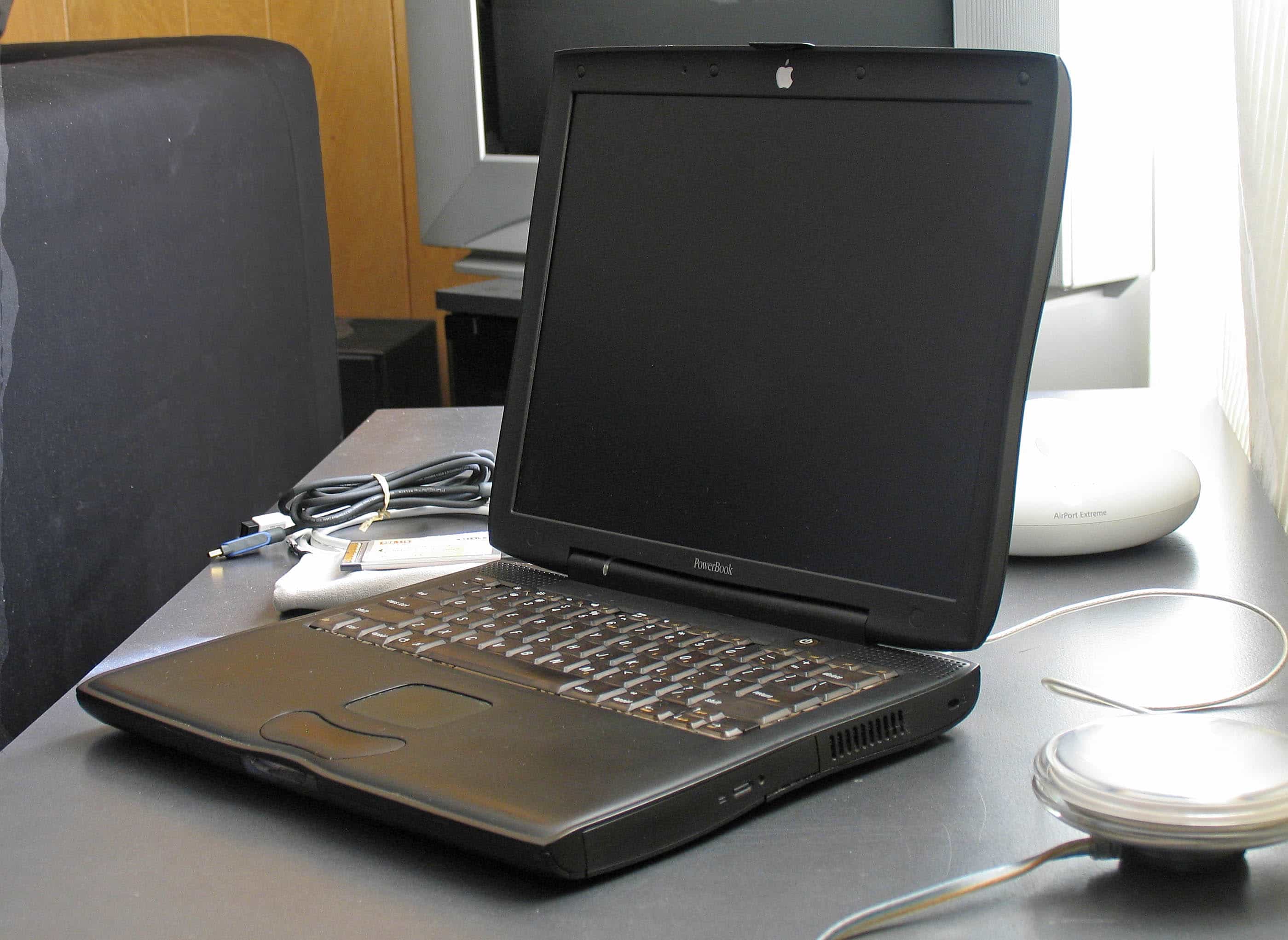
 February 16, 2000: Apple introduces the “Pismo” PowerBook, the finest of its G3 laptops. In the view of many, it’s one of the best Apple laptops ever.
February 16, 2000: Apple introduces the “Pismo” PowerBook, the finest of its G3 laptops. In the view of many, it’s one of the best Apple laptops ever.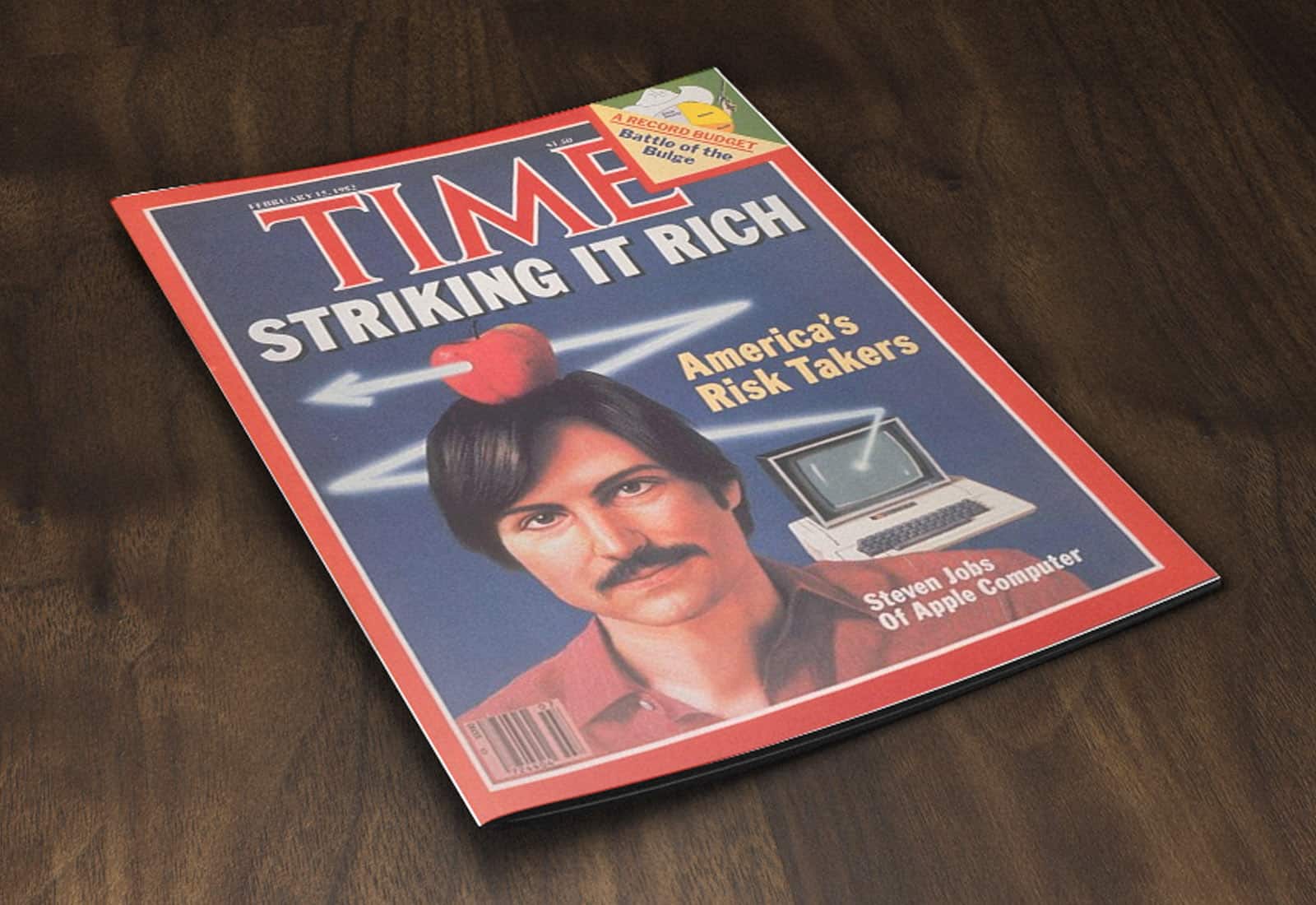
 February 15, 1982: Apple co-founder Steve Jobs appears on the front cover of Time magazine for the first time. The lengthy cover story makes Jobs the public face of successful tech entrepreneurship.
February 15, 1982: Apple co-founder Steve Jobs appears on the front cover of Time magazine for the first time. The lengthy cover story makes Jobs the public face of successful tech entrepreneurship.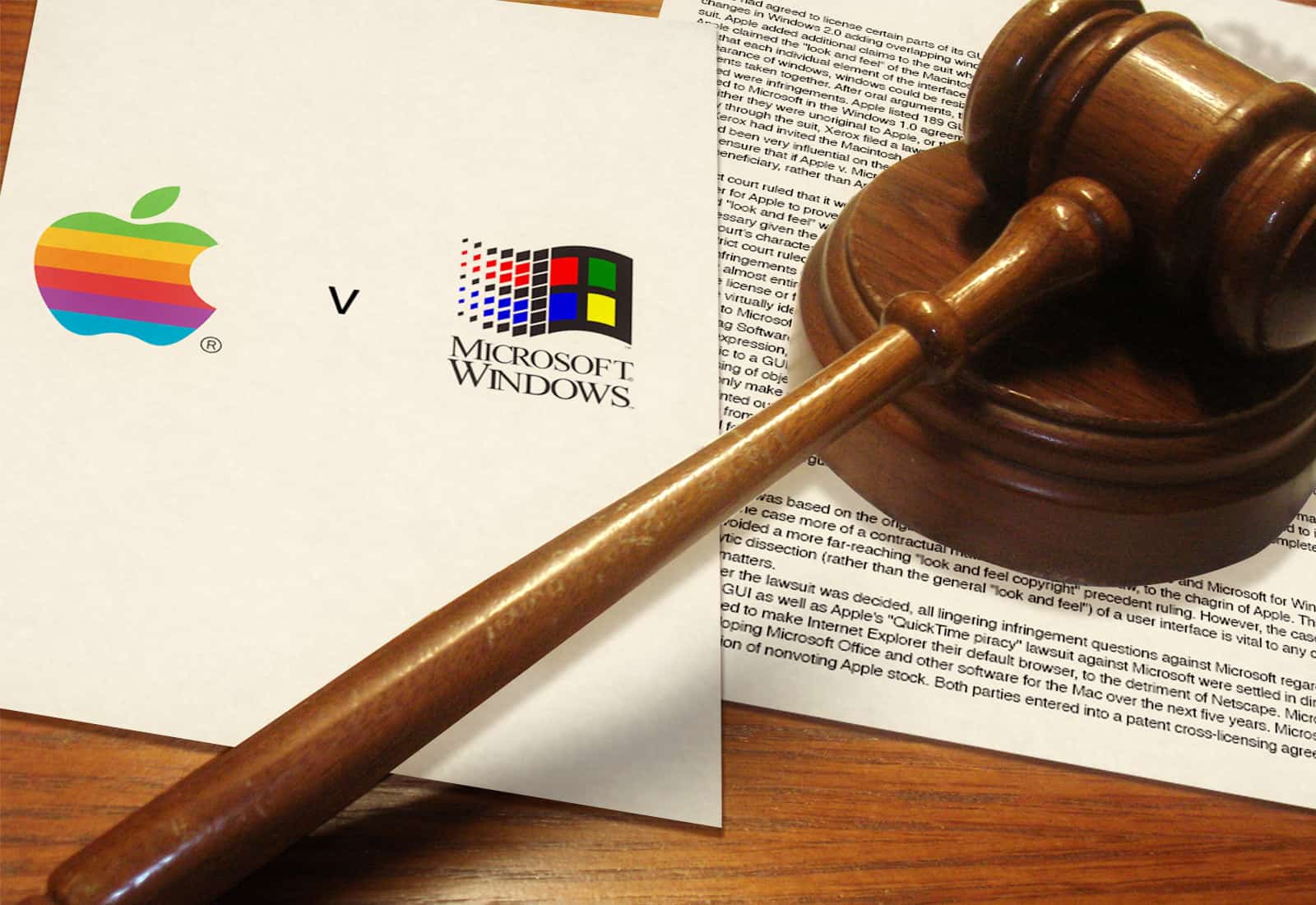
 February 14, 1995: Apple Computer extends a lawsuit against developer San Francisco Canyon Company to include Microsoft and Intel. The lawsuit concerns allegedly stolen Apple code that’s used to improve Microsoft’s Video for Windows technology.
February 14, 1995: Apple Computer extends a lawsuit against developer San Francisco Canyon Company to include Microsoft and Intel. The lawsuit concerns allegedly stolen Apple code that’s used to improve Microsoft’s Video for Windows technology.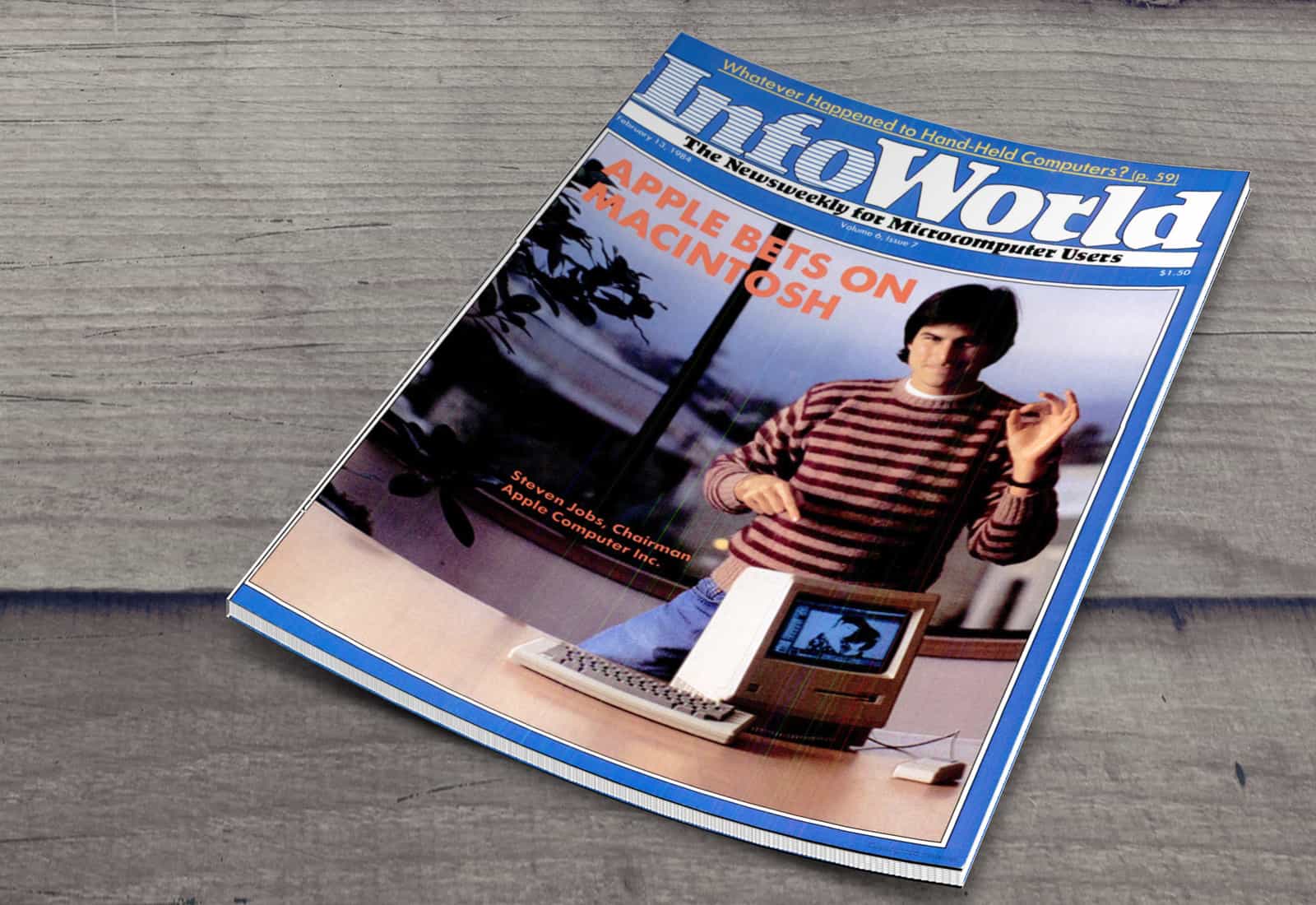
 February 13, 1984: The first Mac’s launch generates enormous excitement from the tech press, as epitomized by an InfoWorld cover story about the Macintosh 128K.
February 13, 1984: The first Mac’s launch generates enormous excitement from the tech press, as epitomized by an InfoWorld cover story about the Macintosh 128K.
 February 12, 2012: Months after his untimely death, Apple co-founder
February 12, 2012: Months after his untimely death, Apple co-founder 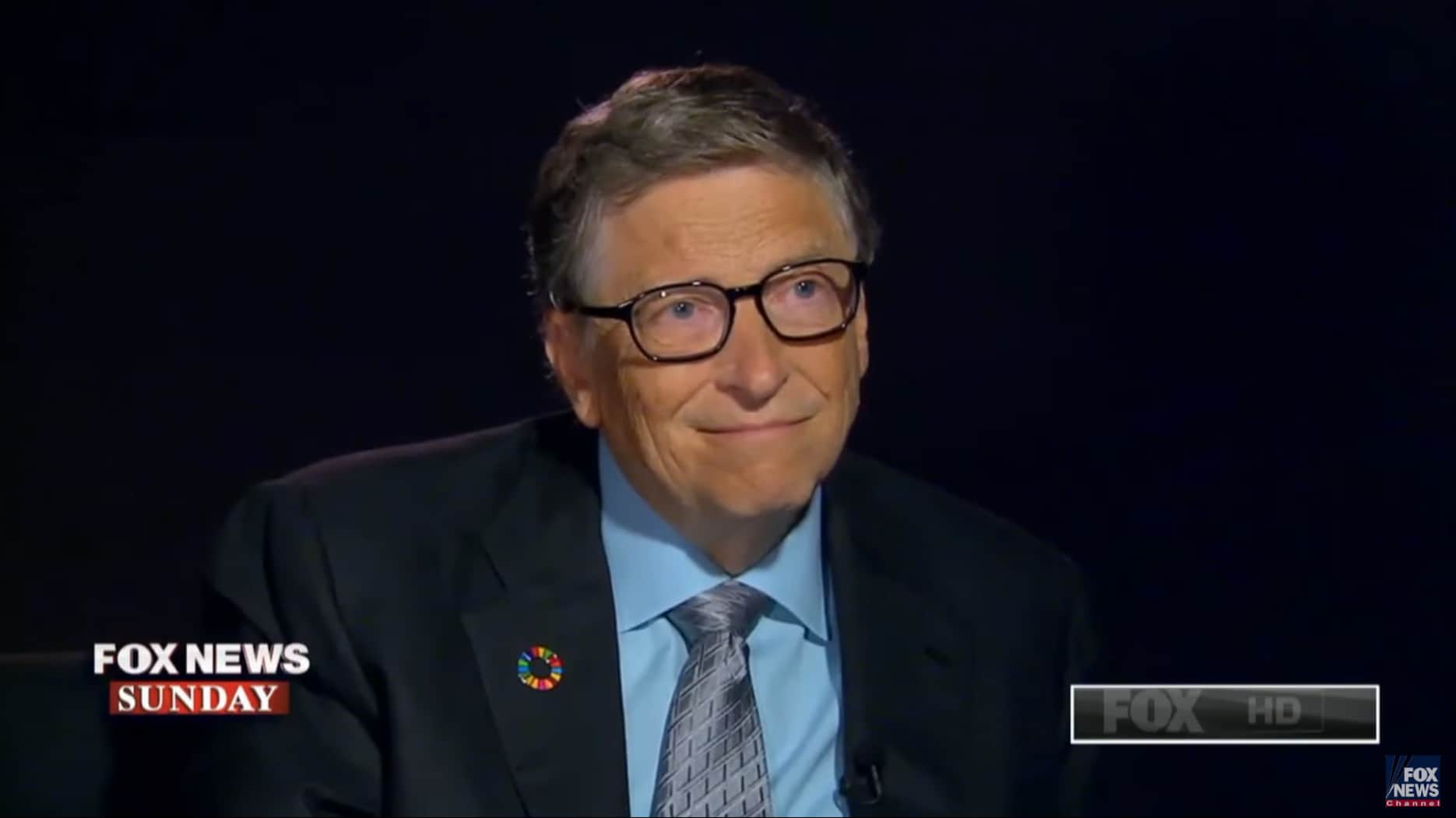
 February 11, 2010: With iPad excitement reaching a fever pitch, Microsoft co-founder Bill Gates wades in with his opinion of Apple’s tablet. His view? Apple’s upcoming device is kinda meh.
February 11, 2010: With iPad excitement reaching a fever pitch, Microsoft co-founder Bill Gates wades in with his opinion of Apple’s tablet. His view? Apple’s upcoming device is kinda meh.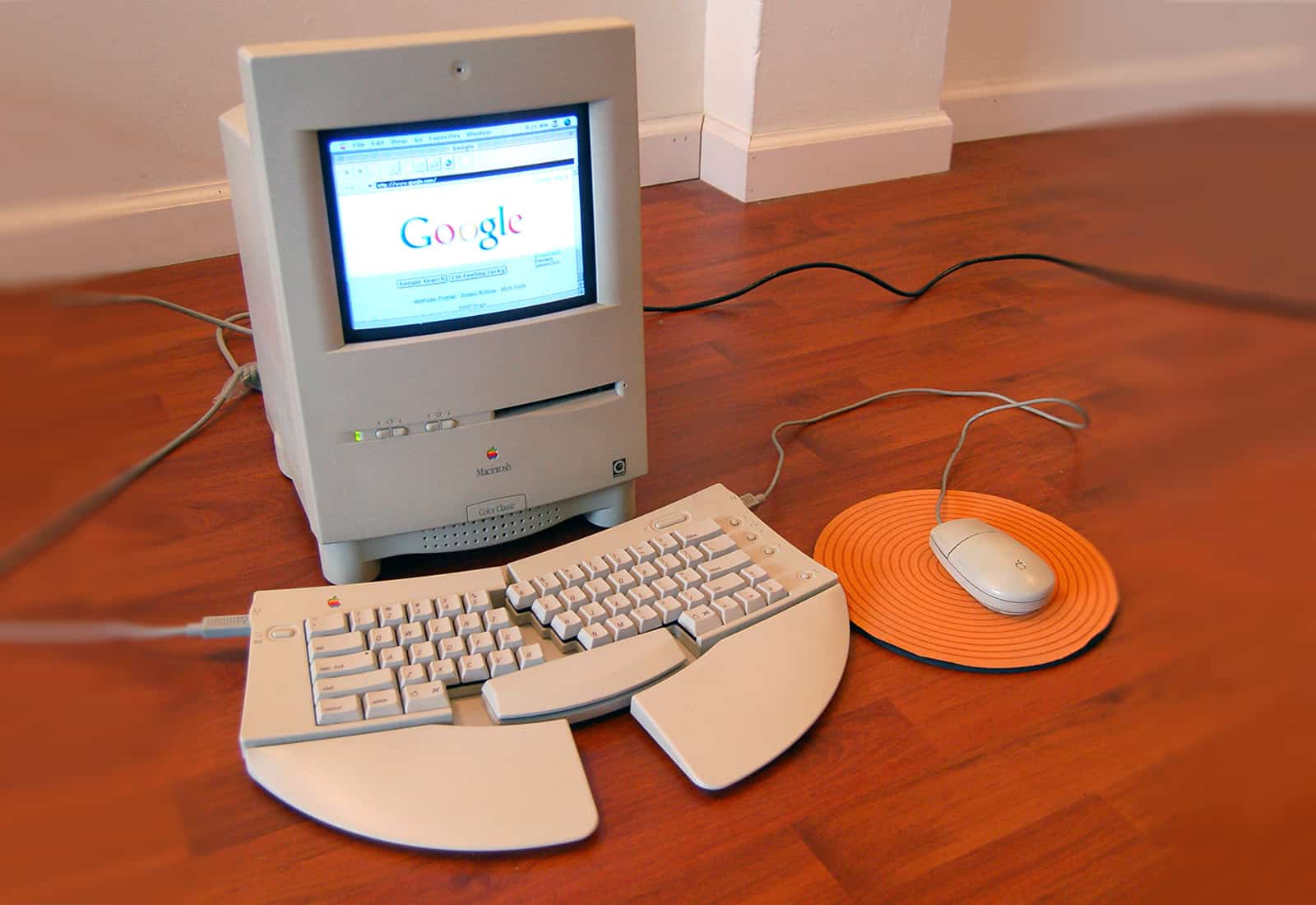
 February 10, 1993: Apple launches the Macintosh Color Classic, the company’s first compact Mac with a color screen.
February 10, 1993: Apple launches the Macintosh Color Classic, the company’s first compact Mac with a color screen.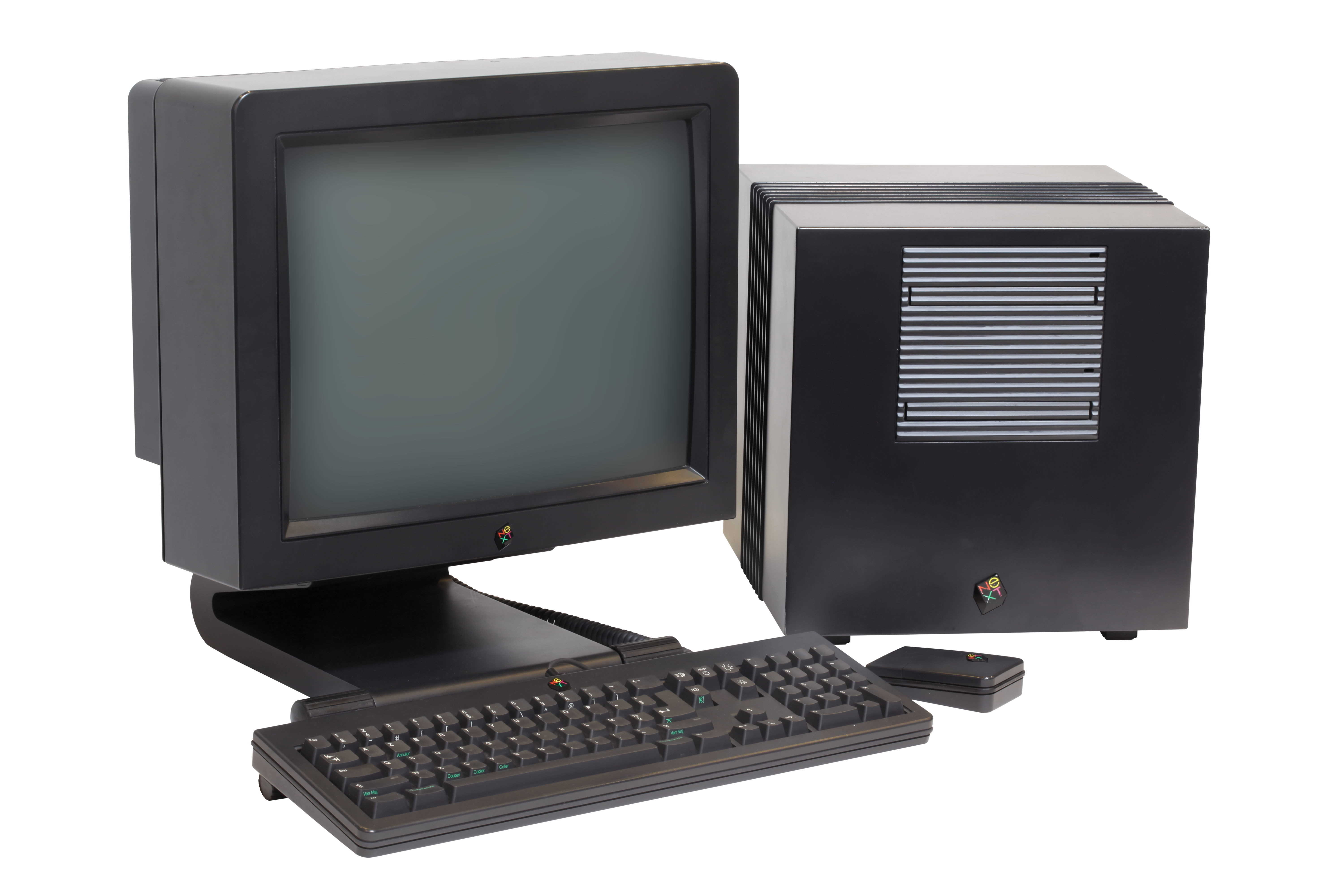
 February 9, 1993: NeXT Inc., the company Steve Jobs founded after being pushed out of Apple, quits making computers. The company changes its name to NeXT Software and focuses its efforts entirely on producing code for other platforms.
February 9, 1993: NeXT Inc., the company Steve Jobs founded after being pushed out of Apple, quits making computers. The company changes its name to NeXT Software and focuses its efforts entirely on producing code for other platforms.
 February 8, 2010: Steve Jobs reportedly flips out over a tweet sent from an iPad by an editor at The Wall Street Journal.
February 8, 2010: Steve Jobs reportedly flips out over a tweet sent from an iPad by an editor at The Wall Street Journal.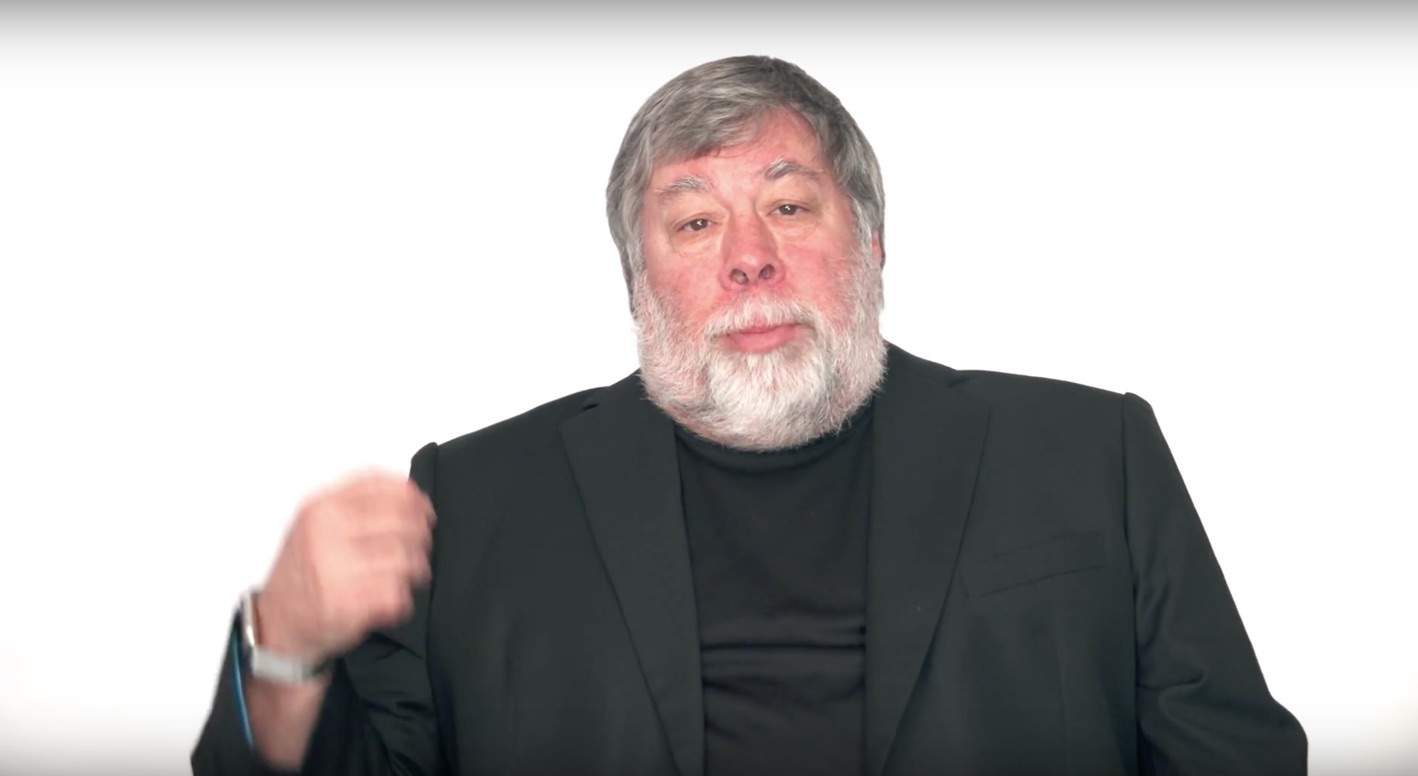
 February 7, 1981: Apple co-founder Steve Wozniak is involved in a serious plane crash in California, resulting in his first lengthy leave of absence from the company.
February 7, 1981: Apple co-founder Steve Wozniak is involved in a serious plane crash in California, resulting in his first lengthy leave of absence from the company.
 February 6, 1985: Frustrated by Apple’s shifting priorities, co-founder Steve Wozniak leaves the company to pursue outside interests.
February 6, 1985: Frustrated by Apple’s shifting priorities, co-founder Steve Wozniak leaves the company to pursue outside interests.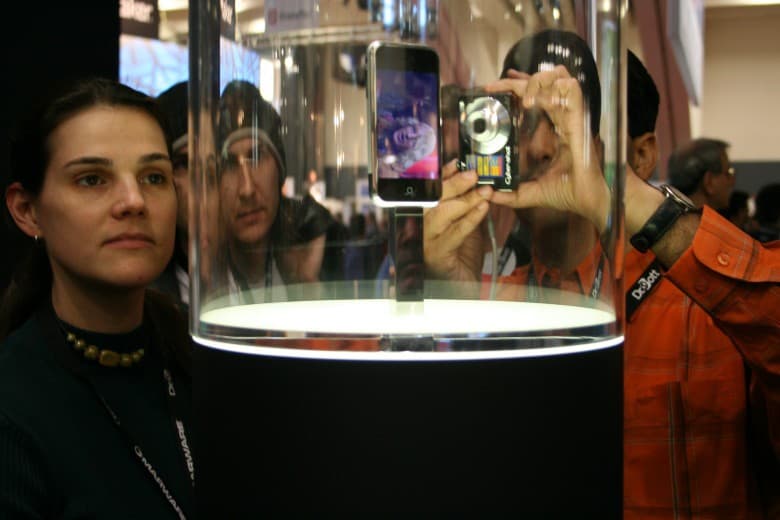
 February 5, 2008: Six months after the first-gen iPhone goes on sale, Apple releases a new version with a whopping 16GB of storage.
February 5, 2008: Six months after the first-gen iPhone goes on sale, Apple releases a new version with a whopping 16GB of storage.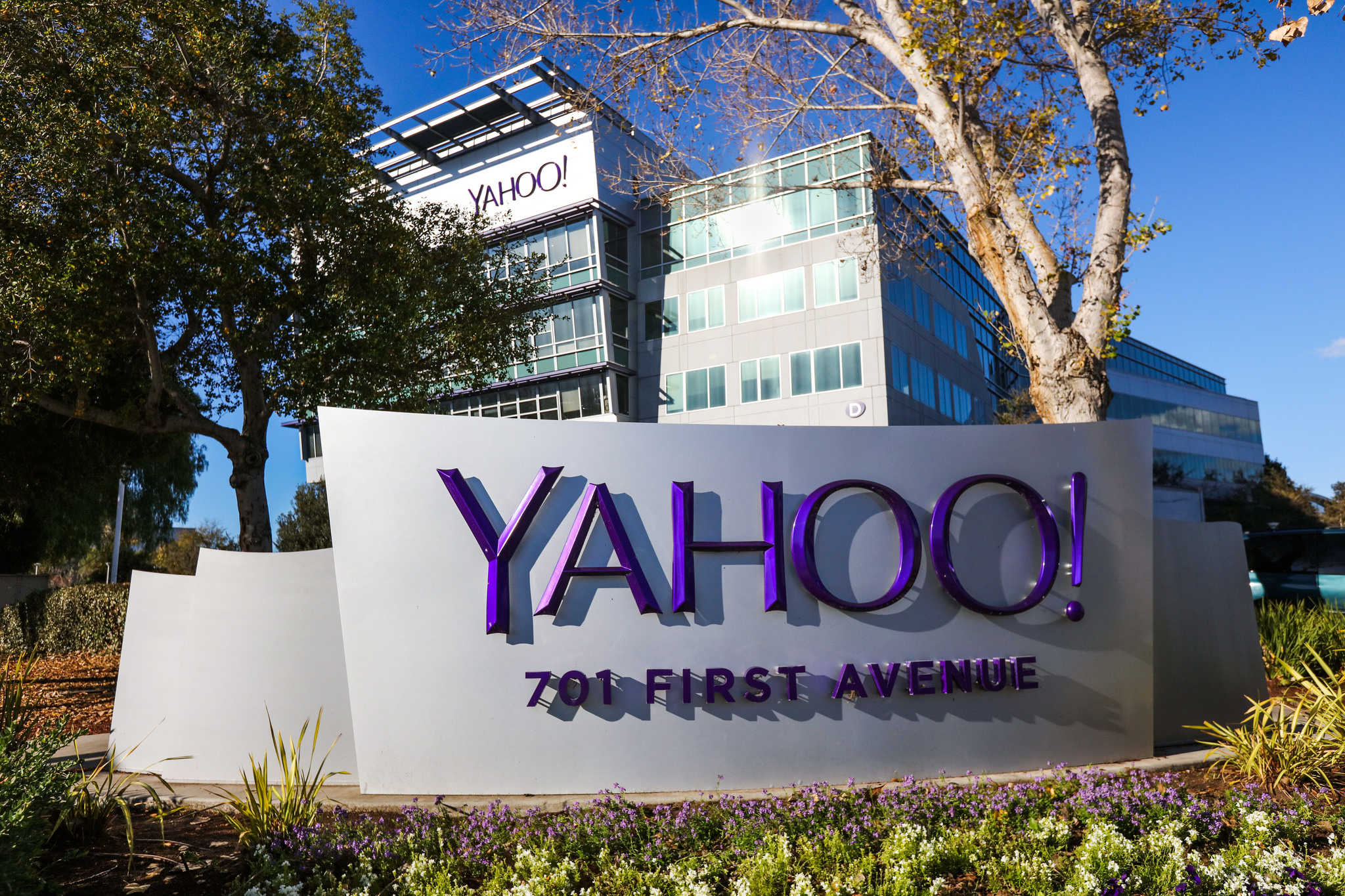
 February 4, 2008: Apple CEO
February 4, 2008: Apple CEO 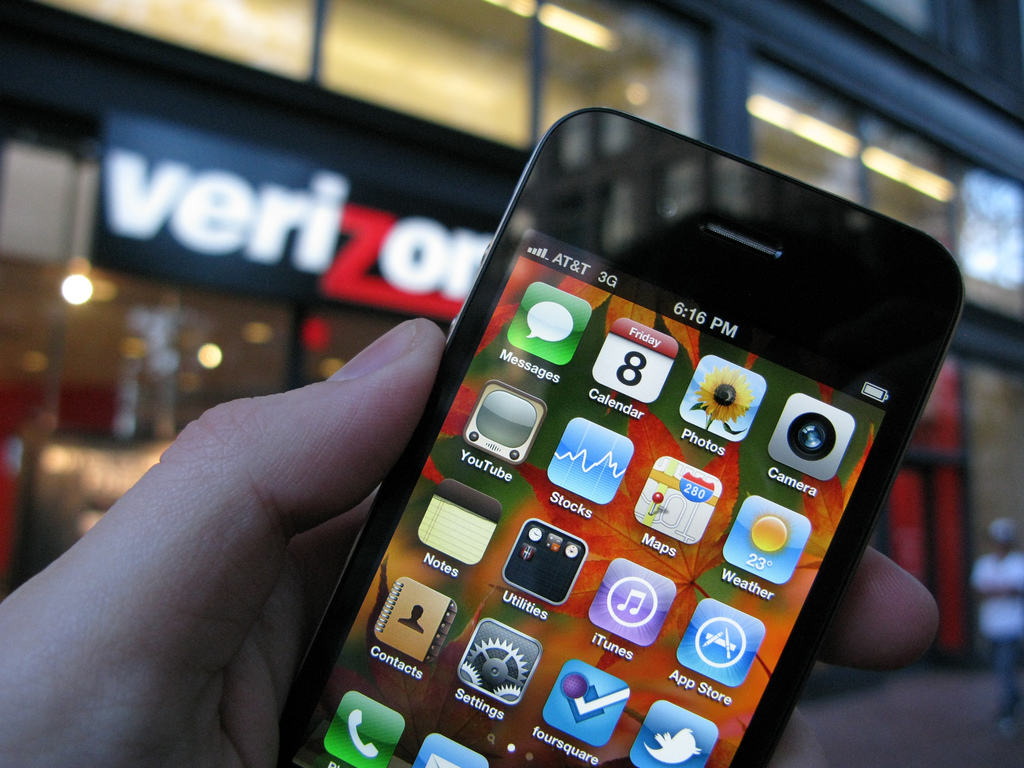
 February 3, 2011: The iPhone finally arrives on Verizon Wireless, the United States’ largest carrier, ending nearly four years of exclusivity with AT&T.
February 3, 2011: The iPhone finally arrives on Verizon Wireless, the United States’ largest carrier, ending nearly four years of exclusivity with AT&T.
 February 2, 1996: Apple reveals that turnaround artist Gil Amelio will take over from Michael “The Diesel” Spindler as CEO of the struggling company.
February 2, 1996: Apple reveals that turnaround artist Gil Amelio will take over from Michael “The Diesel” Spindler as CEO of the struggling company.
 February 1, 2010: The tech-loving world goes into meltdown at the sight of comedian Stephen Colbert using a prerelease iPad to read nominations during the Grammy Awards show.
February 1, 2010: The tech-loving world goes into meltdown at the sight of comedian Stephen Colbert using a prerelease iPad to read nominations during the Grammy Awards show.
 January 31, 1998: Mac clone-maker Power Computing goes out of business, having auctioned off its office supplies and computers.
January 31, 1998: Mac clone-maker Power Computing goes out of business, having auctioned off its office supplies and computers.
 January 30, 1995: Apple Computer launches the Newton MessagePad 120, the first truly great device in an unfairly maligned product line.
January 30, 1995: Apple Computer launches the Newton MessagePad 120, the first truly great device in an unfairly maligned product line.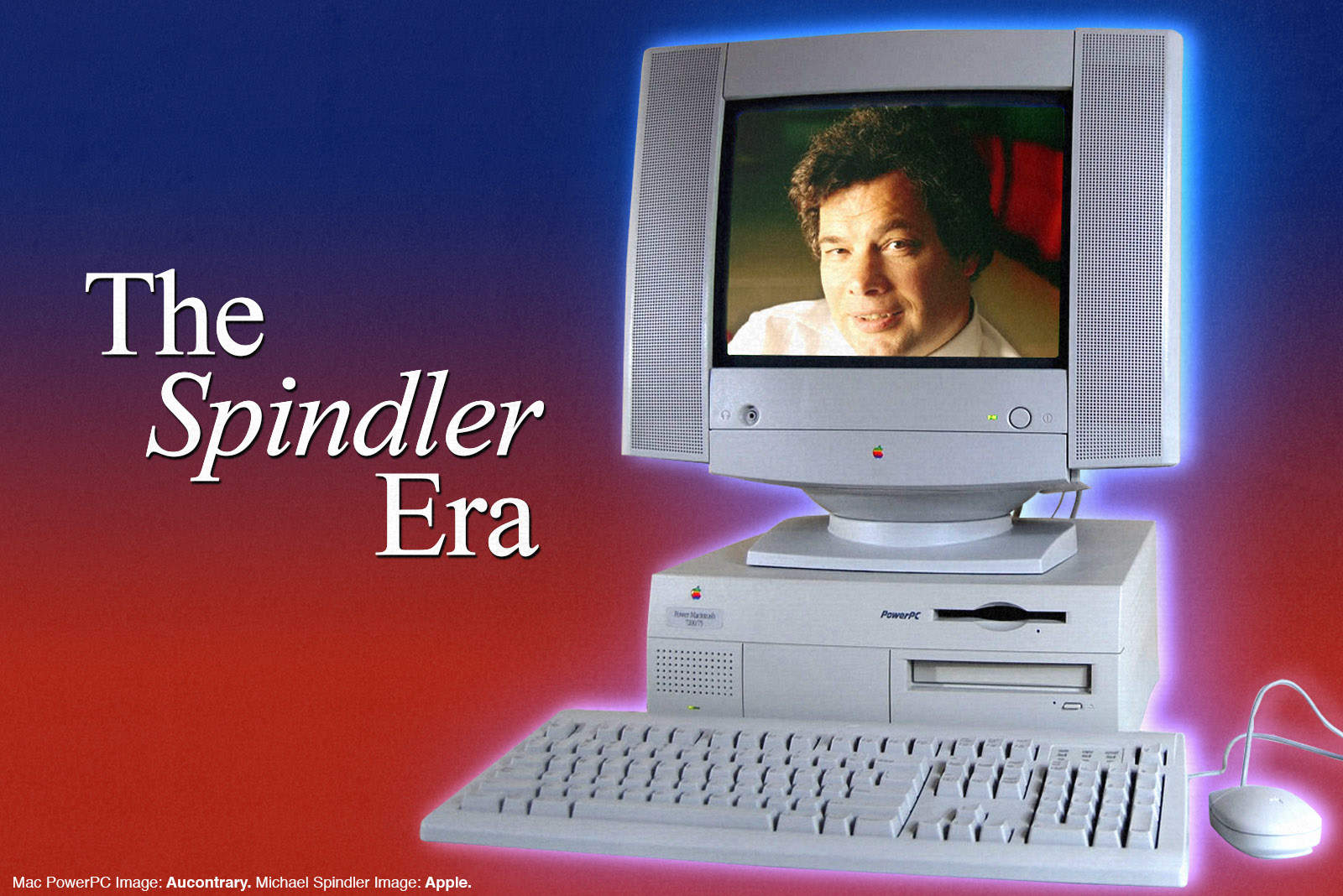
 January 29, 1990: Apple CEO John Sculley appoints Michael Spindler as the company’s new chief operating officer.
January 29, 1990: Apple CEO John Sculley appoints Michael Spindler as the company’s new chief operating officer.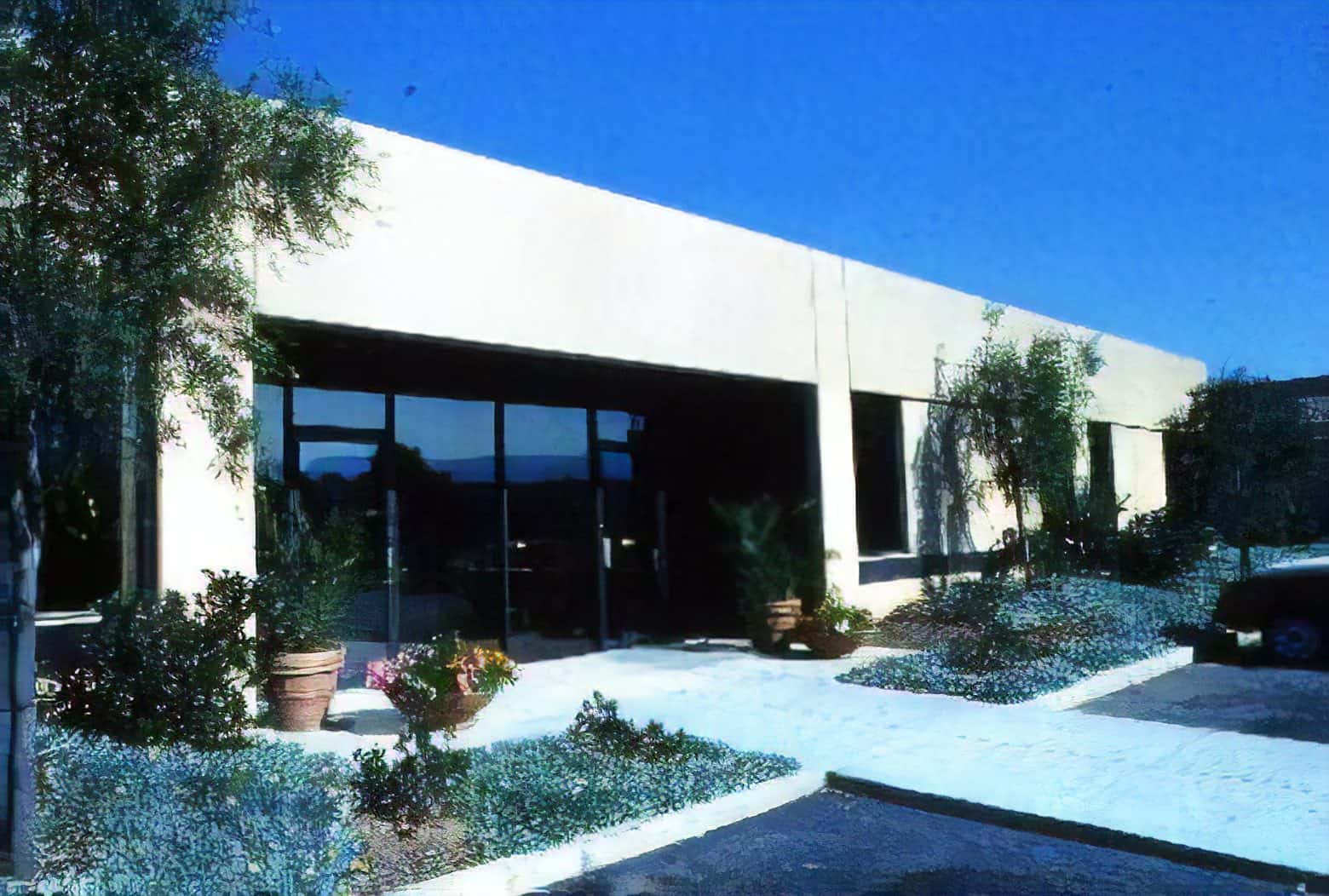
 January 28, 1978: Apple Computer occupies Bandley 1, its first custom-built office, giving the company a bespoke business center to house its growing operations in Cupertino, California.
January 28, 1978: Apple Computer occupies Bandley 1, its first custom-built office, giving the company a bespoke business center to house its growing operations in Cupertino, California.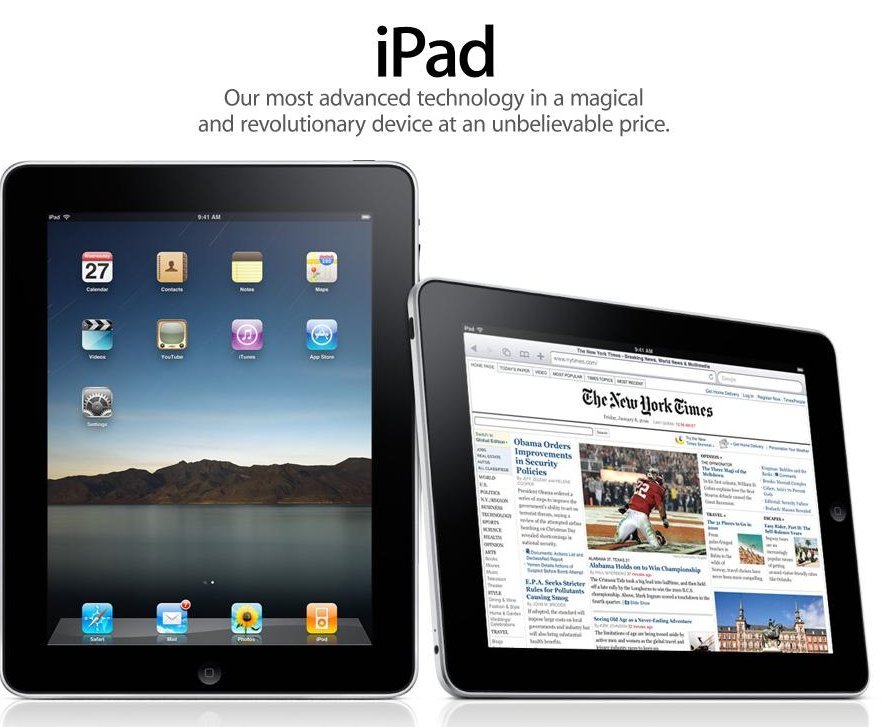
 January 27, 2010: After months of rumors and speculation, Steve Jobs publicly shows off the iPad for the first time. Aside from the name, which some people joke sounds like a female sanitary product, the first-generation iPad immediately earns critical acclaim.
January 27, 2010: After months of rumors and speculation, Steve Jobs publicly shows off the iPad for the first time. Aside from the name, which some people joke sounds like a female sanitary product, the first-generation iPad immediately earns critical acclaim.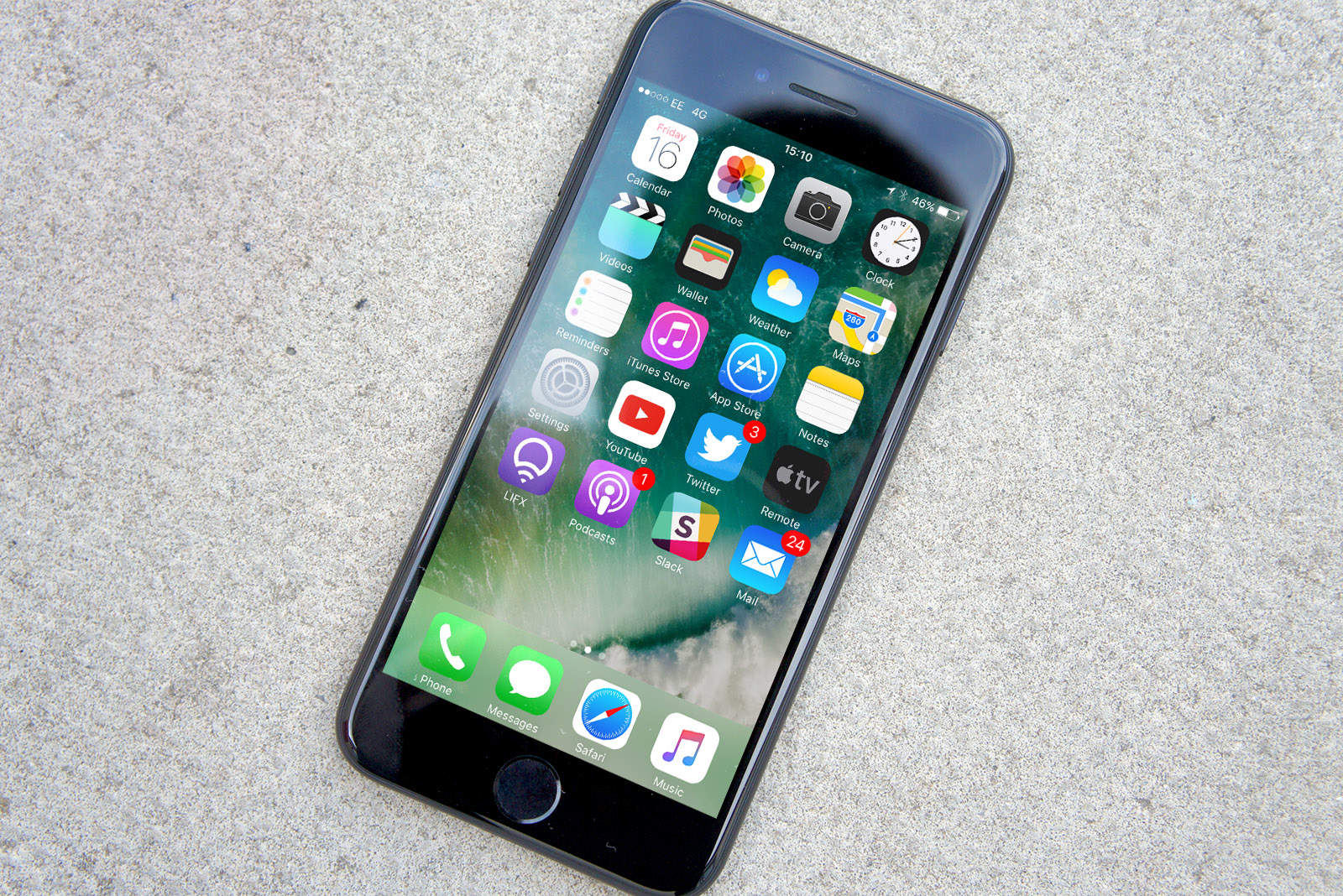
 January 26, 2016: After nine years of spectacular growth, iPhone sales flatline for the first time. Some call the sales plateau means “peak iPhone” has finally arrived.
January 26, 2016: After nine years of spectacular growth, iPhone sales flatline for the first time. Some call the sales plateau means “peak iPhone” has finally arrived.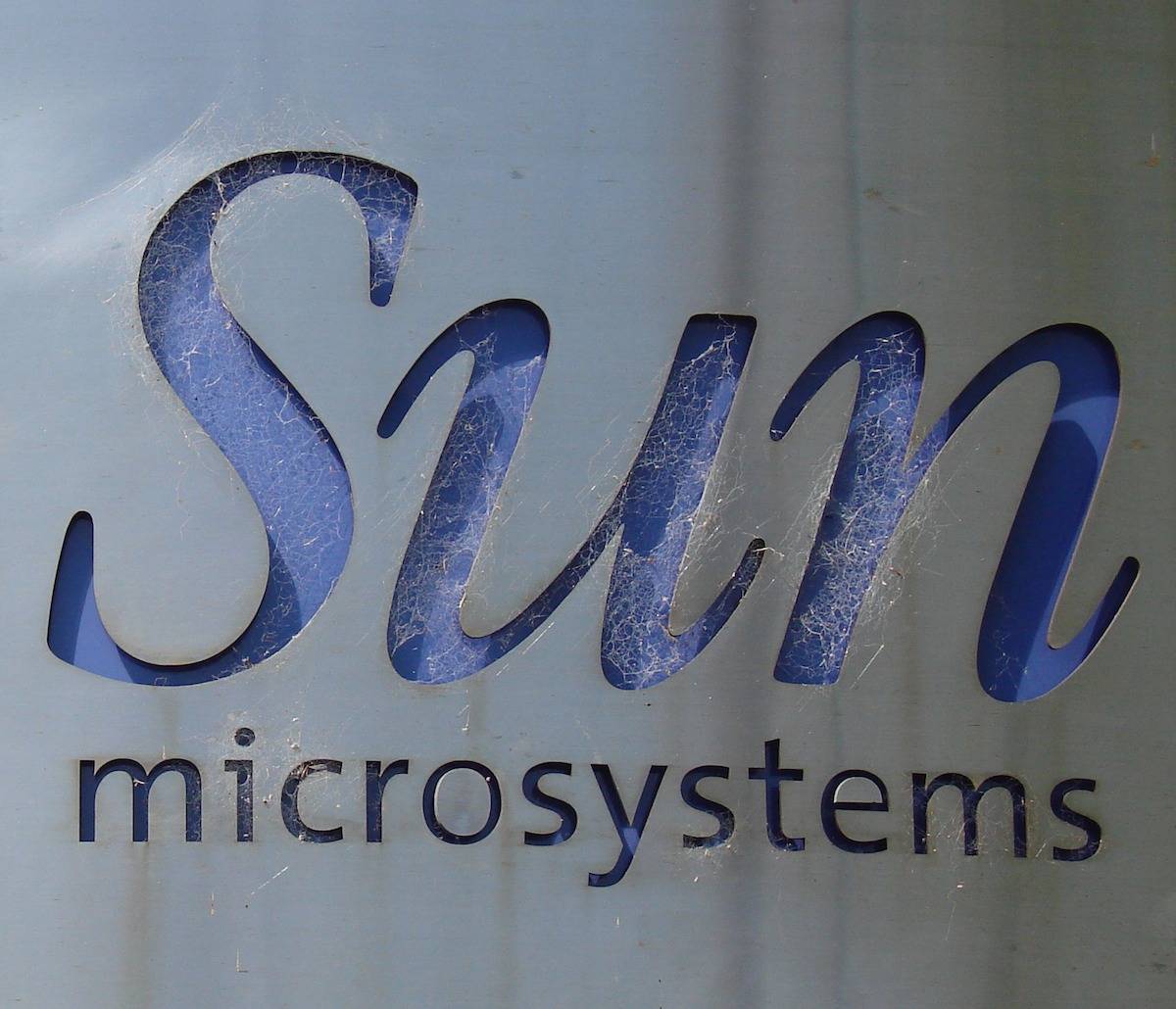
 January 25, 1996: Rumors circulate that Sun Microsystems is in talks to acquire Apple.
January 25, 1996: Rumors circulate that Sun Microsystems is in talks to acquire Apple.